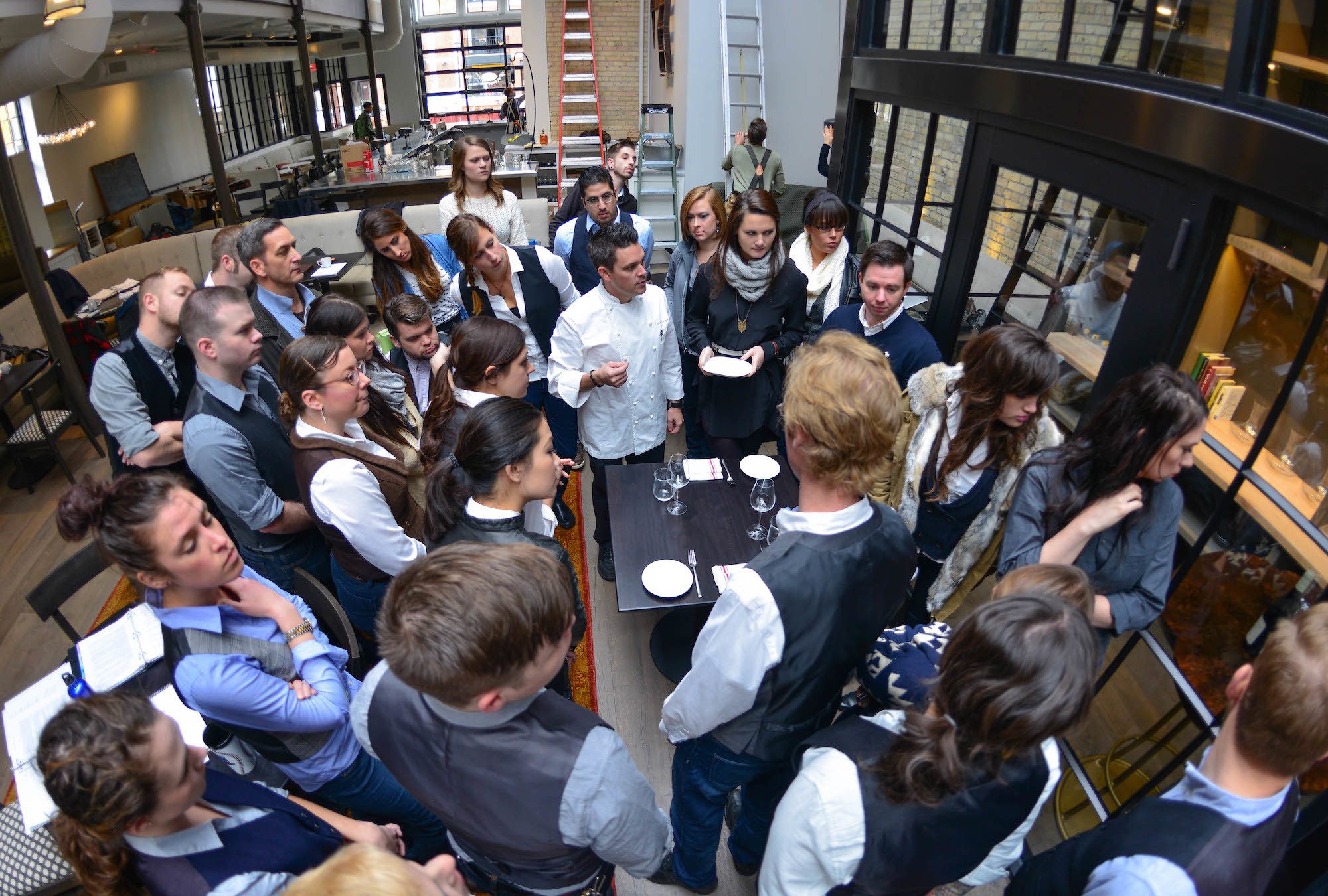10 Steps to Manage a Restaurant Efficiently
Running a restaurant is a difficult job. It comes with wearing multiple hats simultaneously. This is especially true for a restaurant manager who primarily overlooks all aspects of the restaurant business.
They may be required to oversee the kitchen staff, plan a menu, check inventory, and even deal with customers of all sorts. This demands that a restaurant manager has a proactive and positive attitude and the right skills needed for a managerial position.
However, restaurant managers must be equipped with the best management practices that are practical to implement and ultimately add value to the restaurant’s efficiency. These management tips can be as simple as keeping a notebook to note everyday chores or as complex as having proper software.
In this article, you will come across some steps and tricks to ensure effective restaurant management.
10 Restaurant Management Tips
It takes a lot to manage a restaurant efficiently. Since it a fast-paced business, it is susceptible to wrong decisions or incorrect operations that can ultimately affect the overall efficiency and credibility of the restaurant.
Some things that indicate poor management include lack of inventory updation, incorrect orders during peak times, faulty table management, and ineffective staff deployment. These problems can result in customer dissatisfaction, food and money wastage, and low sales. Additionally, poor management can cause distress and negativity among restaurant employees who may face the brunt of these mistakes.
Moreover, it can result in bad marketing of the restaurant. And as we know, bad marketing lingers around for a while. So, how can restaurant managers, employees, and staff avoid all of these problems and ensure a proper management system is in place?
The answer to this is pragmatic management steps. Here are ten steps, including some tips:
1. Embrace Automation
It is very important for restaurants to embrace automation. Whether it is using a message system or an inventory management system, automation makes record keeping easy and hassle-free.
2. Early Staff Meetings

Staff meetings are crucial for any business. They ensure that everyone is on the same page before the workday begins. It helps convey important information and goals for the day. In restaurant business, this depends on bookings and special events.
3. Try Out Different Processes
Different processes refers to addressing a problem and then coming up with a solution. It could be as simple as verbally asking customers for reviews at the end of their meal or through an app. Moreover, it could also include determining what safety procedures and guidelines to follow and what to change/update if a need arises.
4. Set Daily Goals
A great way to manage employees and staff is to convey daily goals to them. It could be setting a sales target or promoting a special item on the menu for a restaurant. This practice allows everyone to stay on the same page and work collectively towards improving restaurant efficiency.
5. Take Customer Reviews Seriously
A restaurant thrives on customer reviews. A good way to know if the restaurant is being managed properly is by asking customers. An effective management tip is to not just ask about food but also other aspects of running a restaurant. This could be as simple as including a single question or having a general chit chat about management practices. Once a restaurant manager gets enough reviews about their restaurant, they should scrutinise for loopholes and ultimately solutions.
6. Improve Table Management
Table management refers to the layout of the table at a restaurant. It shouldn’t be too crowded or too far apart that customers begin to dislike the restaurant's aesthetic. Employees and staff should know the number of tables and the room layout to change it depending on customers.
7. Deploy Staff Intelligently
This management step relates to knowing the employee's strengths and weaknesses. A good manager should know which department an employee or staff works best in. Some staff enjoy working in the messy kitchen while some would avoid dealing with customers. Moreover, restaurant managers should hire staff according to what the restaurant needs at the time of hiring. Hiring is the time when managers can look for employees who can add value to restaurants management.
8. Ensure Proper Rotas

Restaurants are already crowded places, especially on the weekend and during peak times. The best way to ensure that it is not unnecessarily crowded is by having proper rotas. This means that having the right number of staff who meet the restaurant’s needs. Having less staff or a lot will lead to confusion and delays. Additionally, this may change as the day progresses, and there are a certain number of bookings where the restaurant manager needs more helping hands.
9. Plan Maintenance
Restaurants are busy places. They receive countless customers every day. Effective management would pay heed to the restaurant facilities’ monthly maintenance needs, including the HVAC system. Moreover, a good management tip is to note downtimes during the day or week and plan maintenance so that customers are not disturbed.
10. Day End Meeting
A good managerial practice for those involved in the restaurant business is to end the day with a staff meeting. Employees can share their feedback about what worked or what needs to be considered or taken to higher management. This is a good way to ensure that everyone is in the loop.
Key Takeaway
Good management practices should not stem from trial and error. They should be rooted in practicality, especially if it is business related to restaurants. They can be a place of disorder and chaos given the fasted-paced nature of the business. Not to forget, it is also a sensitive business as it depends entirely on the customer-client relationship.
In essence, restaurant managers should be extremely smart about their management practices, and they should continually evolve them to meet the restaurant's needs. As such, the steps and tips listed above may come in handy for those venturing into a managerial position at a restaurant.
